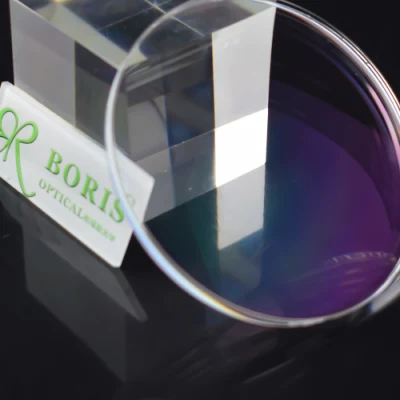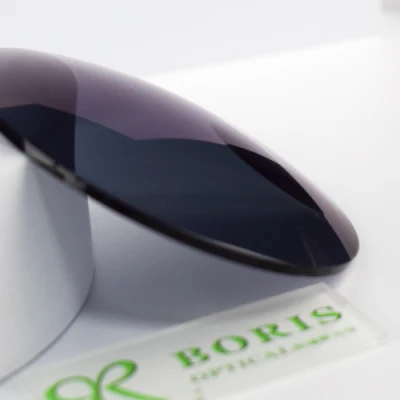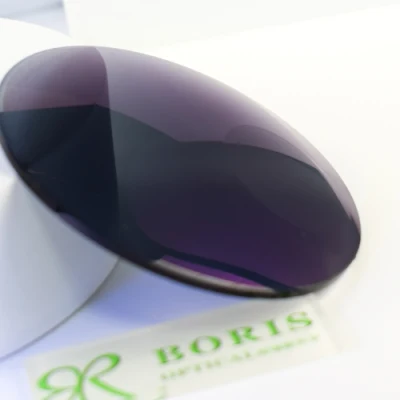Basic Info.
Packaging & Delivery
Product Description

Sport sunglasses manage light for better performance
Vision is, of course, about how we process light to create the images we see.
All light, including outdoor sunlight, is composed of a variety of electromagnetic rays of different colors, determined by their wavelengths.
Rays of violet, blue, green, yellow, orange and red light each have a specific wavelength, depending on color. When combined, these colored rays create white light.
When transmittance of certain wavelengths into the eye is selectively reduced, tinted performance sunglasses can diminish glare and enhance contrast sensitivity.
With this ability to see with greater speed, accuracy, clarity , the athlete may have a key advantage over competitors.
This extra edge of better vision with sports sunglasses can manifest itself in different ways, depending on the sport. In golf, for example, tinted lenses can enhance contrast between light and dark patterns of the grass on greens, enabling you to "read" greens better for more accurate putting.
Other examples:
In tennis, softball and baseball, tinted lenses can help you see the rotation of the ball more clearly so you can make better contact with your racquet or bat.
For biking, sunglasses with the appropriate lenses may help you see better down the road or trail for a safer ride, especially when traveling downhill at high speeds.

How to choose a sunglass tint
To some degree, selecting a tint is a matter of personal preference. However, certain tints offer advantages for specific visual tasks and environments.
To see colors in your environment accurately, choose neutral gray lenses. But for higher contrast, warm tints like brown and amber work better.
If 100 percent accuracy in color perception is key, a neutral gray tint is the best choice.
But for most athletes, contrast enhancement is the most desired feature for activities such as viewing a ball against the sky, a fish under the water, upcoming moguls on a ski slope or for a variety of other sports-specific tasks. To enhance contrast, brown and copper-colored tints are often best.
Depending on lighting conditions, yellow (for low-light and overcast conditions), amber, orange and red tints also are good choices for contrast enhancement.

Lens tints and UV protection
If you're into sports, you probably spend more time in the sun than the average person.
If so, it's important to make sure your sunglasses offer 100 percent UV protection. Lifelong overexposure to ultraviolet (UV) rays has been linked to the development of cataracts later in life.
Mirror coatings in sports sunglasses can make your eyes more comfortable when it's bright outside.
The amount of UV protection offered by sunglass lenses is determined by the lens material and coatings or additives applied to the lens. Therefore, the color and darkness of a sunglass tint are not reliable indicators of its ability to shield your eyes from ultraviolet (UV) radiation.
It's possible for a pale yellow lens to offer 100 percent UV protection and for a dark gray lens, depending on its quality, to offer little or no protection.
A good choice for sports sunglasses is polycarbonate lenses. These lenses are lightweight and shatter-resistant, and they block 100 percent of the sun's harmful UV rays without extra additives or coatings.
Recent research also suggests it's a good idea to wear sunglasses that block high energy visible (HEV) radiation from the sun - sometimes called "blue light" - in addition to UV rays. Some researchers believe long-term exposure to HEV light may contribute to macular degeneration and other eye problems.
Consult your eye doctor to choose sports sunglasses that block both 100 percent UV and potentially damaging blue light.
Supercharge tints with other lens features
Although tints alone can improve your sports vision significantly by changing the quantity and quality of light entering the eye, you also may want to consider adding these performance-enhancing features to your sports sunglasses:
Photochromic lenses. These tints lighten and darken automatically in changing light conditions, making them very beneficial for outdoor activities lasting several hours. As weather conditions change or the sun begins to set, photochromic lenses will adjust to allow the optimum amount of light to enter your eyes for good vision.
Polarized sunglasses. These lenses contain a special filter that selectively blocks light reflecting from horizontal surfaces, eliminating "hot spots" of glare. Polarized lenses are especially helpful in blocking glare from light reflecting off water, sand, snow and concrete.
Anti-reflective coating. Applying an AR coating to the back surface of your sports sunglass lenses will eliminate glare from sunlight reflecting off this surface when the sun is behind you. To reduce the likelihood of this even further, choose a wrap-style frame design so your lenses fit closer to your face.
Mirror coatings. For very bright conditions, such as hiking, skiing or snowshoeing at high altitudes, consider adding a mirror coating to the front surface of your sports sunglass lenses. These coatings can block an additional 10 percent to 60 percent of visible light for greater feeling in highly reflective full-sun environments.

How many sport sunglasses do you need?
It's wise to have different sport sunglasses for different lighting conditions.
A yellow or amber color may be best for overcast conditions, while a medium or dark brown lens may work better for sunny days.
Or you may prefer different tint colors for different activities.

WDO (Weihai Dingxin Optical Co.,Ltd) is one of the top ten optical lens manufacturers in China.
WDO is one of the most Potential Finished and Semi-Finished Optical Lenses factory located in Weihai City, China. It was establish in 1998 with covering 24400 sqm and 280 employees. The annual production and sales of Optical lenses are 30 million pieces, and the annual sales have exceeded 100 million for five consecutive years.
WDO is a member unit of CHINA OPTOMETRIC & OPTICAL ASSOCIATION.
Key & Advantage Products:
Single Vision Lens: CR-39; 1.56; 1.60; 1.67;
Bifocal Lens: CR-39; 1.56; 1.60
Progressive Lens: CR-39; 1.56; 1.60
Functional Lens: Blue Cut, Photochromic; Photomagic +UV420cut, Polarized; Polycarbonate
RX Service: Free Form; Special Coating; Special Power Range
The integrity of the product and the diversity of customer needs complement each other. What we provide is not only technology, sales or product itself, WDO is more concerned about making customers feel our meticulous service and professionalism. So far, WDO products have been exported to more than forty countries and regions around the world.
In the next few years, WDO will continue to optimize and upgrade the production environment and equipment, further optimize the company's management system, give full play to its own advantages, bring better services and value to customers, and help customers grow!

Packing and Shipping



Kindness is great wisdom.



















